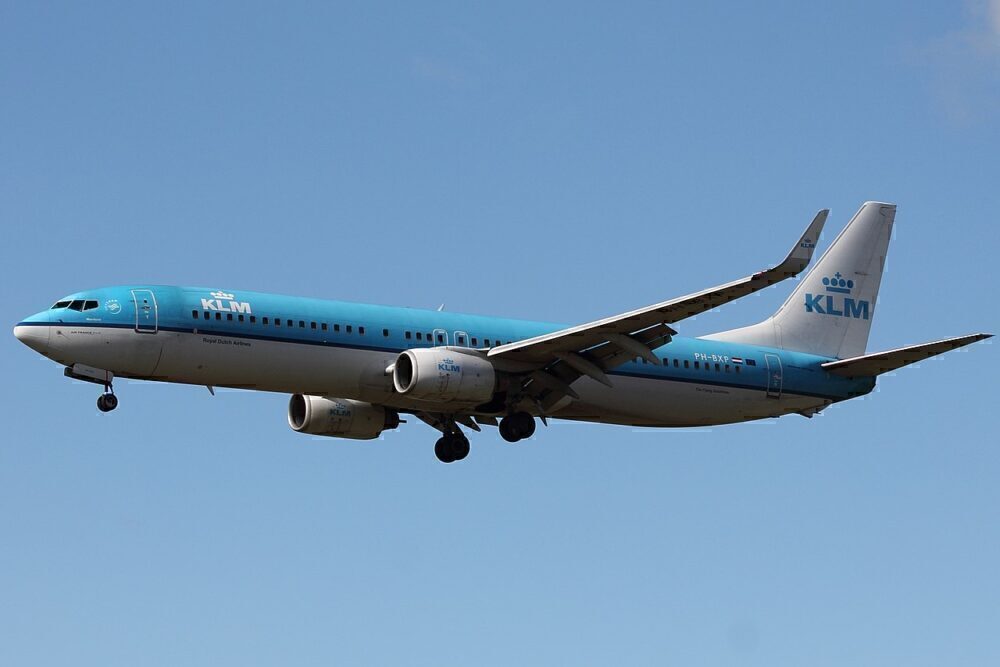The Boeing 737 is one of the most popular aircraft in the world today. As a type, the narrowbody-twinjet has been flying for over 50 years and has gone through a number of iterations and a wide range of variants. Let’s look at two variants, in particular, the -700 and the -900, and how they differ from one another.

From the same series of the same family
For those unfamiliar with Boeing’s naming conventions and the 737 family, the aircraft type is divided up into several series. Each series is then subdivided into a number of variants of differing size and may be further divided with an ER designation for extended range.
The four 737 series are the Original, Classic, Next Generation, and MAX. However, other than 737 MAX jets, each aircraft suffix by itself (whether it’s a -200 or -900) isn’t clearly indicative of which series it is from.
The -700 and the -900 are both from the Next Generation series – the 737’s third evolution. According to Boeing, the -700 was launched in November 1993 with a Southwest Airlines order for 63 airplanes. After four years, the aircraft was awarded type certification by the FAA, and the first delivery followed in December 1997.




The -900 came later. While Boeing made the -900 available to order between 1997 and 2003, the type only achieved FAA certification in 2001. Just fifty-two of the airplanes were delivered to six customers. Launch customer Alaska Airlines received the first of 10 airplanes in May 2001.
The -900 was eclipsed by the longer-range -900ER. Made available for order in 2005, the newer variant only achieved FAA type certification in 2007.
The technical specifications
The main difference between the two types of aircraft is size. The size will then have an impact on range and capacity. Let’s look at how the two compare:
Length: The -700 is 110 ft 4 in (33.6 m) while the -900 is 138 ft 2 in (42.1 m).
Wingspan is identical at 112 ft 7 in (34.3 m) without winglets and 117 ft 5 in (35.7 m) with them.
Capacity: The -700 can accommodate 149 passengers in a single class, while the stretched -900 can fit up to 220.
Range: Maximum range for the -700 is 3,445 nm (6,380 km) and 2,800 nm (5,185 km) for the -900. With its auxiliary fuel tanks, the significantly more popular -900ER could travel 3,235 nm (5,990 km). The presence of optional winglets, as well as cabin configuration, will, of course, create a variance in range.




Aircraft popularity
According to Boeing’s order book, a total of 1,447 737-700s have been ordered. This includes all of its variants, including the -700W (a special military variant) and -700C (a freighter). The standard -700 logged 1,408 orders.
The -900 was one of the least popular 737 variants, achieving just 52 orders. These came from just six airlines – KLM, Alaska Airlines, Jet Airways, Korean Air, Shenzen Airlines, and United Airlines.
The 737-900ER was much popular than its predecessor, logging more than 500 orders from 17 customers in 10 countries. To be more specific, the -900ER racked up orders for a total of 577 aircraft. Lion Air, Delta Air Lines, and United Airlines are some of the largest operators of this aircraft.
Have you flown on either of these aircraft? Please share your experience with us in the comments.



